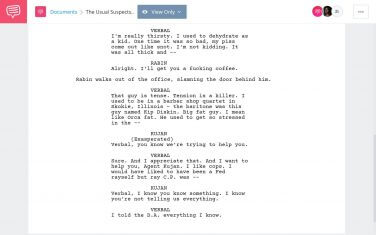

Amy furthers the concept of the unreliable narrator so readers don’t know who to believe anymore. Halfway through the book, however, the narrator suddenly switches to Amy Dunne, the wife, who readers believed was dead. In this psychological thriller, readers first encounter Nick, the husband of a missing woman, who twists the truth about his wife. One of the best unreliable narrator examples is from the novel Gone Girl by Gillian Flynn. They add details to stories that make the situation seem more dire than it is.īecome Inspired by the Gone Girl Unreliable Narrator The final type is a picaro, which is a character that exaggerates.Younger narrators (like children) and inexperienced characters almost always have a touch of unreliability. They don’t know any better and tinge their narration with misleading information because they don’t know there is more to the story. A naif unreliable narrator is someone who is naive.They explain things in the way they understand, but the narration is tainted by their mental condition. Some characters, called madmen, have a mental illness, struggle with post-traumatic stress disorder (PTSD), or have some other mental health concern that makes it difficult for them to tell the truth.Their statements hold some truth, but the reader cannot trust what is being said however, the reader doesn’t always know this from the start. The liar is a calculating, intentional unreliable narrator that lies about many things.This is a character that likes to tell stories, makes jokes, or teases the reader. Here are five of the most popular ones (but a character can be a mixture of these types or something slightly different): Unreliable narrators come in many shapes and sizes. In contrast, an unintentionally unreliable narrator is someone who doesn’t know they are conveying incorrect information, possibly because they are naive, have cognitive challenges, or wholeheartedly believe what they are saying is true for whatever reason. When you choose to use an unreliable narrator, you first need to decide whether they are intentionally or unintentionally misleading the audience.Īn intentional unreliable narrator knows they are distorting the truth or leading the audience astray. Intentional Versus Unintentional Unreliable Narrators This choice means that, essentially, the character is explaining things from their perspective, but that perspective is inaccurate or confusing. Sometimes, authors decide that the narrating character should tell the story differently from how it is actually happening. They explain what is happening to the reader.

Many authors choose to tell a story by having the main character (or several characters) act as a narrator.
Unreliable first person narrator definition how to#
Let’s find out more about this strategy so that you too will know how to write a story with an unreliable narrator. Have you ever finished a book and thought to yourself: This story didn’t turn out quite as I thought it would ? One story that leaves its readers with this feeling of discomfort is Gone Girl, and it is the use of an unreliable narrator that allows authors like Gillian Flynn to keep readers on the edge of their seats.


 0 kommentar(er)
0 kommentar(er)
